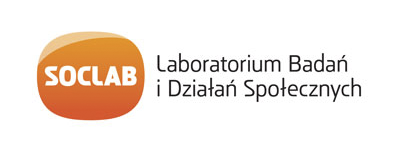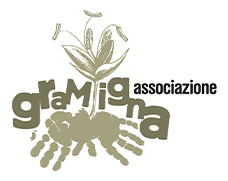EURECA
Good Practices
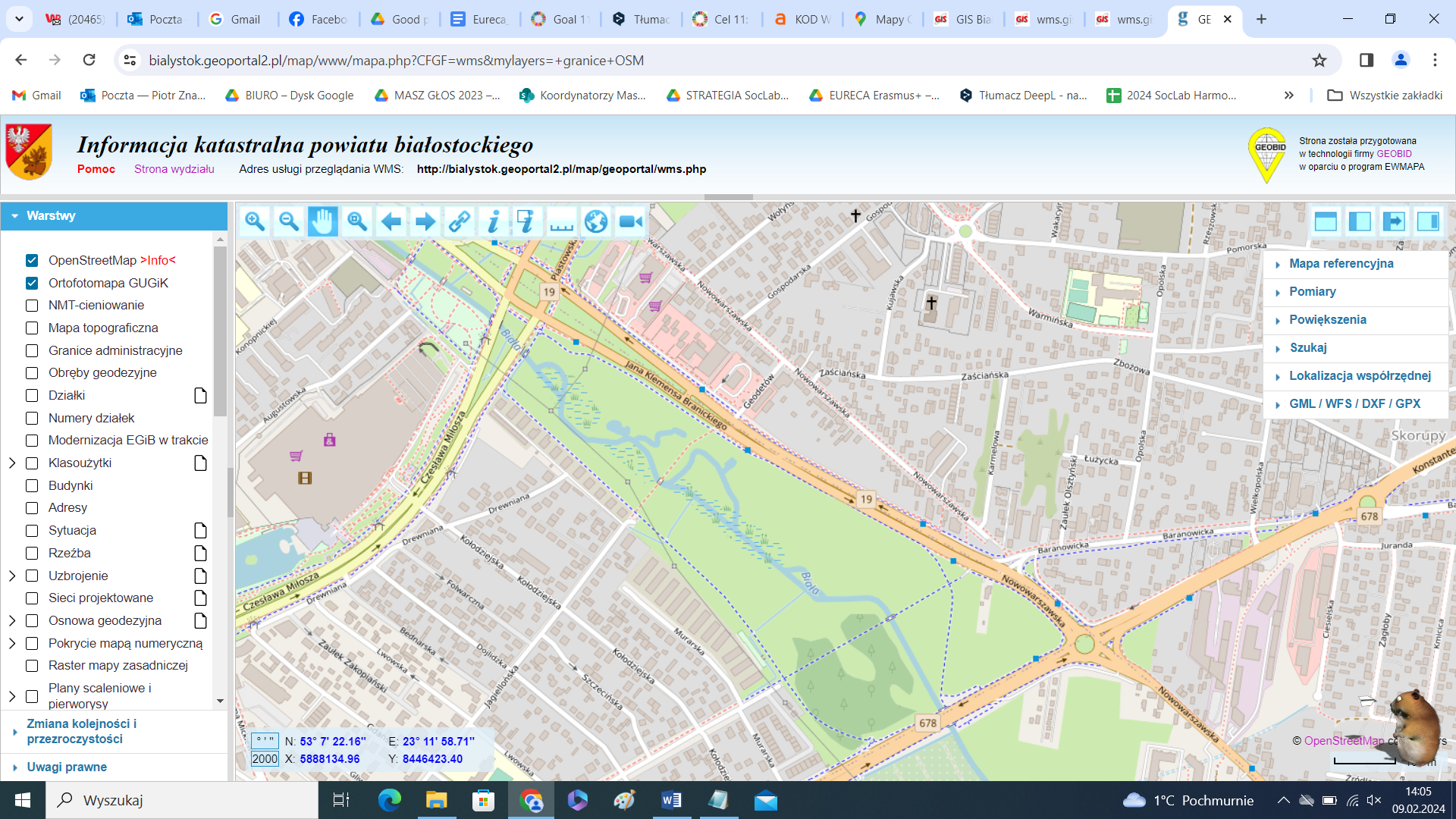
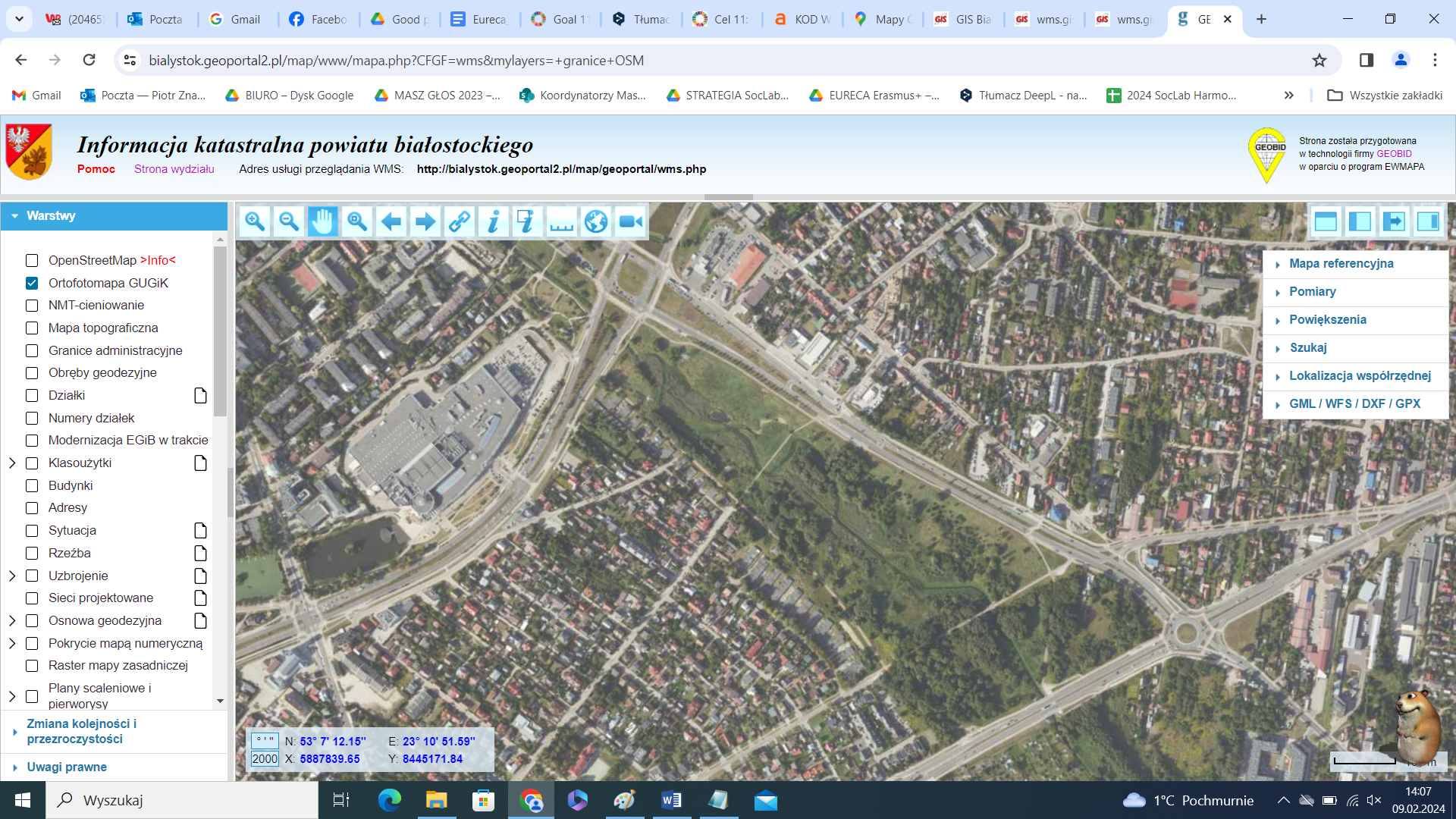
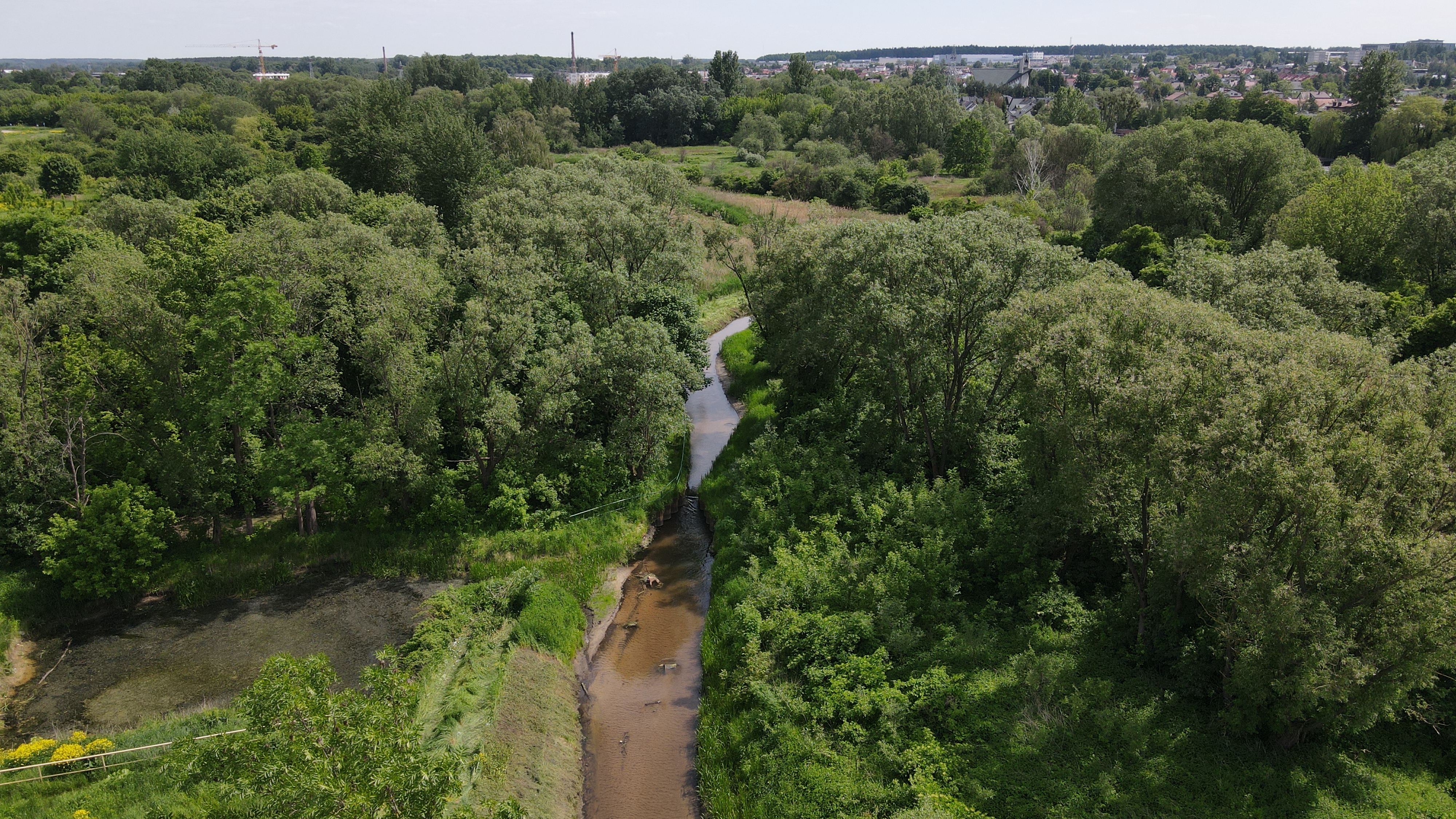

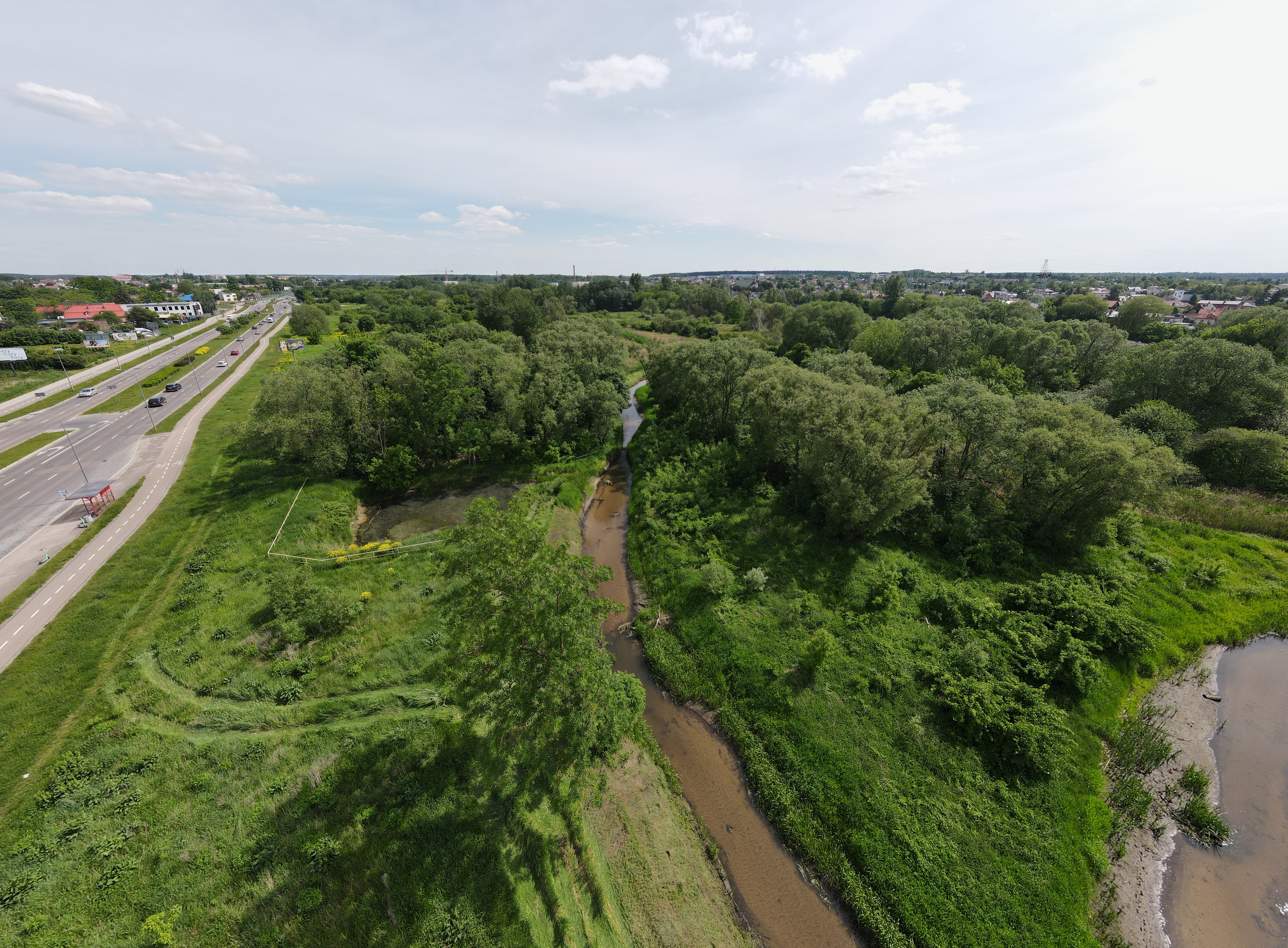 Pictures:
Pictures:The Białą River after renaturalization.
Photos by Białystok City Council.
River restoration.
Country:Main Subject:
Description:
Renaturalization, meandering, and restoring the natural shape of the Biała river in Białystok, a city in eastern Poland, capital of the region Podlasie.
The main part of the project was the introduction of renaturalization, or the restoration of natural ecosystem processes. Activities included meandering, or the creation of meanders and winding bends in a section of the river where it previously ran straight. This contributed not only to restoring the river's original character, but also created a more diverse and ecological habitat for flora and fauna.
In addition, an oxbow lake was restored, providing an additional retention area to hold water during periods of heavy rainfall. This gave the river the ability to store water, which had the effect of minimizing the risk of flooding.
A damming penstock was used to control the water level in the river. This is a mechanical device that regulates the flow of water and maintains the optimal water level in a given section of the river. Thanks to the damming valve, it was possible to precisely adjust the water level to changing weather conditions and prevent possible dangerous flooding. The ultimate effect was to increase the safety of the surrounding urban areas.
The investment not only helped create an aesthetically pleasing environment, but was also a response to changing climatic conditions. Increasingly frequent and intense rainfall has challenged the city's water systems. Work on the Biała River aimed to adapt to these changes by creating a retention reservoir that effectively controls the flow of water, minimizing the risk of flooding.
The effects of the work are already visible shortly after the project's completion. New species of fish, plants and birds have appeared, and naturally valuable areas have begun to attract residents and tourists. Development of infrastructure along the river, such as bicycle paths, restoration of the natural character of the place and creation of green enclaves, made this part of the Biala River a friendly place for Bialystok residents.
The investment was financed from the budget of the City of Bialystok, while the work was carried out in 2015 and 2016.
The reconstruction of the Biala River, implemented by the City of Bialystok - was among the three projects awarded in 2022 in the General Directorate for Environmental Protection's competition for the Polish Landscape Award.
Reference links:
https://www.bialystokonline.pl/rzeka-biala-odzyskala-stare-koryto-inwestycje-doceniono-po-6-latach,artykul,132759,1,1.html
https://www.bialystok.pl/pl/wiadomosci/aktualnosci/przebudowa-rzeki-bialej-doceniona.html
https://inzynierbudownictwa.pl/renaturyzacja-rzek/
SDG direct/ indirect short justification:
Direct SDGs:
- SDG6. Clean water and sanitation.
Indirect SDGs:
- SDG 11. Make cities and human settlements inclusive, safe, resilient and sustainable.
Justification:
The activity meets Target 6.6. By 2020, protect and restore water-related ecosystems, including mountains, forests, wetlands, rivers, aquifers and lakes.
Indicator: 6.6.1 Change in the extent of water-related ecosystems over time
Keywords:
City:
Questions:
- For what purpose do urban rivers undergo renaturalisation?
- What functions do rivers and their surroundings in the city perform for city residents?
- What are the natural functions of the river in the city?
Authors:
Piotr Znaniecki
Fundacja SocLab
